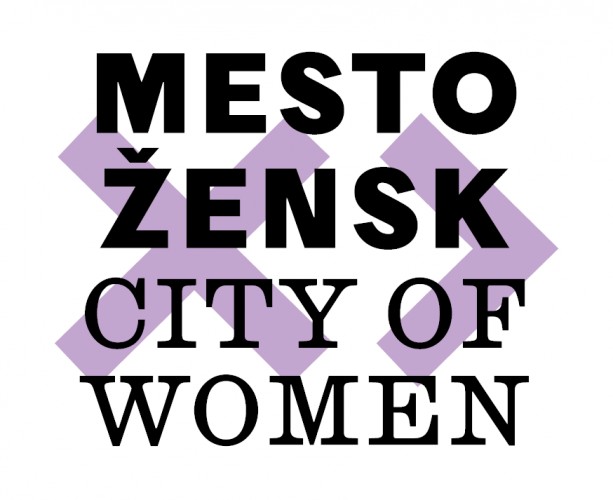With the performance Gramatika, the Rijeka-based TRAFIK theatre group – which moves the borders between physical theatre, contemporary dance, mime, visual theatre and site specific theatre – remains faithful to its research of the human body and the physicality of identity. In the foreground of the performance are the Gramatica sisters – Emma and Irma – world renowned theatre and film actresses who lived in Rijeka during the first half of the 20th century and who are nowadays lost in oblivion. Two different female performing bodies in one, the Gramatica sisters are siamese twins, physically and psychically united in a single being. The performance doesn't strive to present their biography, but rather an imaginary world which concentrates on the individual in relationship to a ‘different’ body, thus posing the critical question of identity which arises between distinction and sameness – two (conjoined) identical bodies divided into two different personalities. On one hand, two individuals are trying to live in a body – which is an absurd compound of its own single parts – and on the other hand trying to retain the diversity of their character in a single corporality. Their physical distinction simultaneously represents the manner in which their own right of choice and the necessity of their individual independence may be realised. Many a time such an attempt fails, but sometimes it is a common decision for a kind of odd cohabitation.
Two performers reflect all the similarities and diversities of the duality of one body in the unity of two bodies with their diverse corpus of vocabulary and theatrical presence. The sisters make up the criteria of their stage existence, they animate an intimate language of movement which breaks all the rules. Through their limited yet all-empowering bodies, they also establish a unique system of movement. What type of choreographic code are they creating? And what kind of language of theatre is evolving through this?
Is such a body a ‘mistake’? Siamese twins were once exhibited in circuses as a burlesque attraction. Supported by two musicians and two stage hands, the Gramatica twins chose the stage for their own public (re)presentation, but they were not the only ones so to do. While the musicians create two diverse sonorities and frequencies conjoin into an indivisible musical whole, the stagehands determine the movement and positions in the form of theatre signs. New grammatic content, arriving unexpectedly, lead the Gramatica twins into a dialogue, confrontation, and even conflict with the new situation.
Magdalena Lupi

